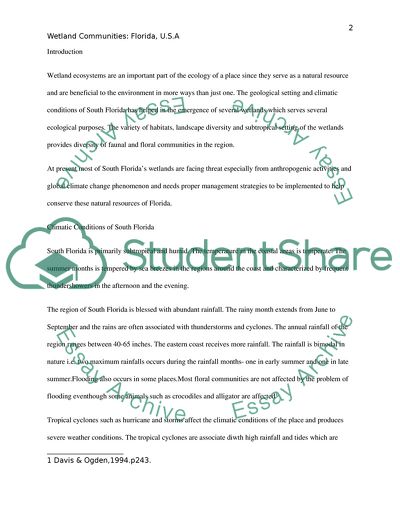Cite this document
(Wetlands Communities of Florida Term Paper Example | Topics and Well Written Essays - 3250 words, n.d.)
Wetlands Communities of Florida Term Paper Example | Topics and Well Written Essays - 3250 words. https://studentshare.org/environmental-studies/1816561-wetlands-communities
Wetlands Communities of Florida Term Paper Example | Topics and Well Written Essays - 3250 words. https://studentshare.org/environmental-studies/1816561-wetlands-communities
(Wetlands Communities of Florida Term Paper Example | Topics and Well Written Essays - 3250 Words)
Wetlands Communities of Florida Term Paper Example | Topics and Well Written Essays - 3250 Words. https://studentshare.org/environmental-studies/1816561-wetlands-communities.
Wetlands Communities of Florida Term Paper Example | Topics and Well Written Essays - 3250 Words. https://studentshare.org/environmental-studies/1816561-wetlands-communities.
“Wetlands Communities of Florida Term Paper Example | Topics and Well Written Essays - 3250 Words”. https://studentshare.org/environmental-studies/1816561-wetlands-communities.


